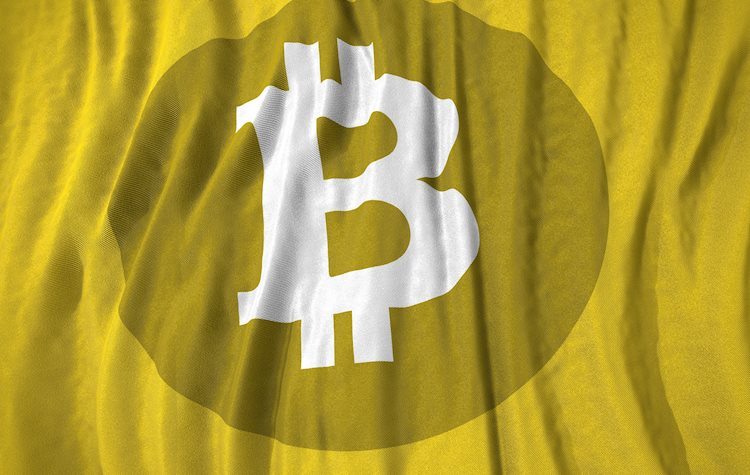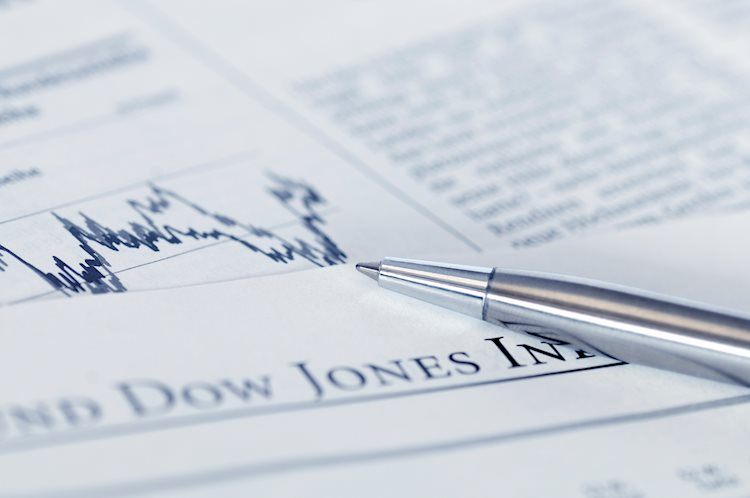Share:
India’s Nifty and Sensex opened with small gains on Monday.
Nifty and Sensex cheered global optimism last week and improved domestic fundamentals.
Nifty and Sensex traders brace for a relatively light India’s economic docket and Fed Minutes from the US.
The Sensex 30 and Nifty 50, India’s key benchmark indices, opened on an optimistic note on Monday, shrugging off a cautious mood seen in their Asian counterparts. The Indian indices look to consolidate the previous week’s upward trajectory, led by an upsurge in banks and auto sector stocks and upbeat India’s economic data.
The National Stock Exchange (NSE) Nifty 50 adds 0.14% on the day in early dealing to close in on the all-time high of 22,126. The Bombay Stock Exchange (BSE) Sensex 30 gains 0.08% to keep its range near 72,500.
Chinese markets reopened after a week-long Lunar New Year holiday while the US stock markets are closed on Monday, in observance of Presidents’ Day.
SBI Life Insurance, Mahindra & Mahindra, Bajaj Auto, WIPRO, Adani Ports were the top gainers on the Nifty on Friday while losers included Apollo Hospitals, Brittania, Power Grid, SBI Bank, NTPC and Reliance Industries.
Among the corporate news, Volkswagen and Mahindra & Mahindra signed a pact for electric vehicle components.
Paytm snapped its three-day decline to close at the 5% upper circuit.
Zerodha Fund House launched Zerodha Gold ETF.
Foreign investors in the last two days have sold equities worth Rs. 6,993 crore.
India’s trade data for January showed Thursday a shrinking Trade Deficit of $17.49 billion.
US Consumer Price Index (CPI) and Producer Price Index (PPI) data came in hotter-than-expected and helped push back the market’s expectations of a Fed rate cut from March to June. Markets are currently pricing a 77% chance of a cut in June, the CME Group’s Fed Watch Tool shows.
Attention now turns toward the Minutes of the Fed February meeting due on Wednesday, as the Indian economic calendar remains devoid of any top-tier data release.
What is the Sensex?
The Sensex is a name for one of India’s most closely monitored stock indexes. The term was coined in the 1980s by analyst Deepak Mohoni by mashing the words sensitive and index together. The index plots a weighted average of the share price of 30 of the most established stocks on the Bombay Stock Exchange. Each corporation’s weighting is based on its “free-float capitalization”, or the value of all its shares readily available for trading.
What factors drive the Sensex?
Given it is a composite, the value of the Sensex is first and foremost dependent on the performance of its constituent companies as revealed in their quarterly and annual results. Government policies are another factor. In 2016 the government decided to phase out high value currency notes, for example, and certain companies saw their share price fall as a result. When the government decided to cut corporation tax in 2019, meanwhile, the Sensex gained a boost. Other factors include the level of interest rates set by the Reserve Bank of India, since that dictates the cost of borrowing, climate change, pandemics and natural disasters
What are the key milestones for the Sensex?
The Sensex started life on April 1 1979 at a base level of 100. It reached its highest recorded level so far, at 73,328, on Monday, January 15, 2024 (this is being written in Feb 2024). The Index closed above the 10,000 mark for the first time on February 7, 2006. On March 13, 2014 the Sensex closed higher than Hong Kong’s Hang Seng index to become the major Asian stock index with the highest value. The index’s biggest gain in a single day occurred on April 7, 2020, when it rose 2,476 points; its deepest single-day loss occurred on January 21, 2008, when it plunged 1,408 points due the US subprime crisis.
What major corporations are in the Sensex?
Major companies within the Sensex include Reliance Industries Ltd, HDFC Bank, Axis Bank, ITC Ltd, Bharti Airtel Ltd, Tata Steel, HCL Technologies, Infosys, State Bank of India, Sun Pharma, Tata Consultancy Services and Tech Mahindra.
Share:
Feed news
Information on these pages contains forward-looking statements that involve risks and uncertainties. Markets and instruments profiled on this page are for informational purposes only and should not in any way come across as a recommendation to buy or sell in these assets. You should do your own thorough research before making any investment decisions. FXStreet does not in any way guarantee that this information is free from mistakes, errors, or material misstatements. It also does not guarantee that this information is of a timely nature. Investing in Open Markets involves a great deal of risk, including the loss of all or a portion of your investment, as well as emotional distress. All risks, losses and costs associated with investing, including total loss of principal, are your responsibility. The views and opinions expressed in this article are those of the authors and do not necessarily reflect the official policy or position of FXStreet nor its advertisers. The author will not be held responsible for information that is found at the end of links posted on this page.
If not otherwise explicitly mentioned in the body of the article, at the time of writing, the author has no position in any stock mentioned in this article and no business relationship with any company mentioned. The author has not received compensation for writing this article, other than from FXStreet.
FXStreet and the author do not provide personalized recommendations. The author makes no representations as to the accuracy, completeness, or suitability of this information. FXStreet and the author will not be liable for any errors, omissions or any losses, injuries or damages arising from this information and its display or use. Errors and omissions excepted.
The author and FXStreet are not registered investment advisors and nothing in this article is intended to be investment advice.





